#counting of the omer
Explore tagged Tumblr posts
Text

samson as atlas
from a manuscript comprising the order of the sefirat ha-omer ("counting of the omer"), amsterdam, 1795
source: Zurich, Braginsky Collection, B28, fol. 1r
100 notes
·
View notes
Text
How to Count the Omer:
The omer refers to the 49-day period between the second night of Passover (Pesach) and the holiday of Shavuot. This period marks the beginning of the barley harvest when, in ancient times, Jews would bring the first sheaves to the Temple as a means of thanking God for the harvest. The word omer literally means "sheaf" and refers to these early offerings. The Torah itself dictates the counting of the seven weeks following Passover: "You shall count from the eve of the second day of Pesach, when an omer of grain is to be brought as an offering, seven complete weeks. The day after the seventh week of your counting will make fifty days, and you shall present a new meal offering to God (Leviticus 23:15-16)." In its biblical context, this counting appears only to connect the first grain offering to the offering made at the peak of the harvest. As the holiday of Shavuot became associated with the giving of the Torah, and not only with a celebration of agricultural bounty, the omer period began to symbolize the thematic link between Passover and Shavuot. While Passover celebrates the initial liberation of the Jewish people from slavery in Egypt, Shavuot marks the culmination of the process of liberation, when the Jews became an autonomous community with their own laws and standards. Counting up to Shavuot reminds us of this process of moving from a slave mentality to a more liberated one. When to Count the Omer The counting of the omer begins on the second night of Passover. Jews in the Diaspora generally integrate this counting into the second seder. The omer is counted each evening after sundown. The counting of the omer is generally appended to the end of Ma'ariv (the evening service), as well. [Some call the evening service Arvit.]
The article also contains the blessing and formula for [day #, week #] when you get to that point. For those who would like to have the full list of [day #, week #] in Hebrew, Sefaria has a page: Easy as 1, 2, 3: How to Count the Omer.
Those who don't have a current need for Hebrew script (shortening the page/list): Reform's Counting of the Omer: Blessings for Each Day.
The Conservative/Masorti page has a printable calendar, a weekly email, a mixtape, and resources on the spiritual reflection side: Counting The Omer.
Chabad also has Omer Tools: a daily counter, a daily email reminder, a counter app, and a printable calendar.
1 note
·
View note
Text
[Scheduled for after the poll closes. Personally, my siddur uses la'omer, so I went looking for where ba'omer or saying both came from.
From the footnotes of the Halachipedia entry on Sefirat HaOmer: Mishna Brura 489:8 says most poskim say la'omer [51]. Rav Soloveitchik said that the word "Ba'Omer" reflects the connotation that Sefirah is diorayta even today [52]. And quoting from the linked source for 53: "The Rav suggested that we recite BOTH expressions" (Halakhic Positions of Rav Joseph B. Soloveitchik).]
14 notes
·
View notes
Text
I didn't grow up practicing Judaism. The first time I can remember any Jewish practices was when I was visiting a friend's house on Friday night.
The first time I celebrated Pesach was a seder held by the campus Hillel.
For many years, my only practice was going over to a friend's house for Shabbat eventing.
For a year or two before the COVID pandemic started, my partner and I had been going to a fertility clinic. We're getting older, and it wasn't happening naturally. In late 2020, we became parents for the first time.
That was a time of reflection for me. During this pandemic shutdown and those first months of motherhood, I thought about what I wanted to pass on: what traditions should I teach?
As much as I try to use reason, I often go on emotion. I went back to something beautiful, lighting the Shabbat candles. I looked up the local synagogues and made plans to go. That was a week or so before Purim. That year, by Pesach, I was learning everything I had never been taught about Judaism.
One of those things was counting the Omer. What a simple act it was! Forty-nine days of minimal daily practice when I didn't even know how to pray my nightly prayers. I could recite the blessing and count the Omer.
When you see my posts about the Omer, it's not just pretty. It's not just "whatever Jewish thing is current". It's me remembering my very shallow roots.
Tonight starts the 4th day of the Omer. Come, be Jewish with me.
265 notes
·
View notes
Text
#I’m curious#please share#counted for the fourth year running#omerpilled and sefiratmaxxing#jumblr#frumblr#judaism#Jewish poll#omer#counting the omer#sefirat ha omer#mitzvah marathon#Jewish diversity#jewish tradition#One more sleep til Shvues
74 notes
·
View notes
Text
Big shoutout to the people counting the omer. Y'all are built different (affectionate)
#jumblr#jew by choice#jewish conversion#personal thoughts tag#i couldn't even take daily medication to the point that i stopped completely so. counting the omer? out of the question for me 😂#i am looking forward to shavuot though. me and my shul seem to be more excited for that LOL#i only recently learned exactly what the omer was honestly (thank you shul ily ily ily ily)#i don't recommend stopping medication cold turkey (i have done this. multiple times. i lived and i'm... fine but)#do as i say not as i do
51 notes
·
View notes
Text
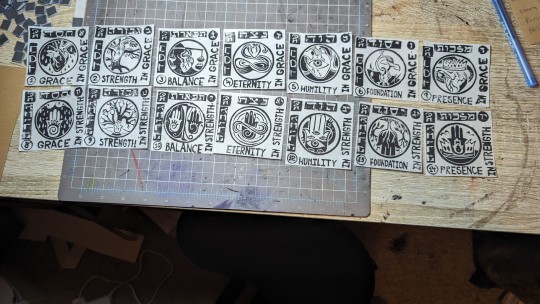

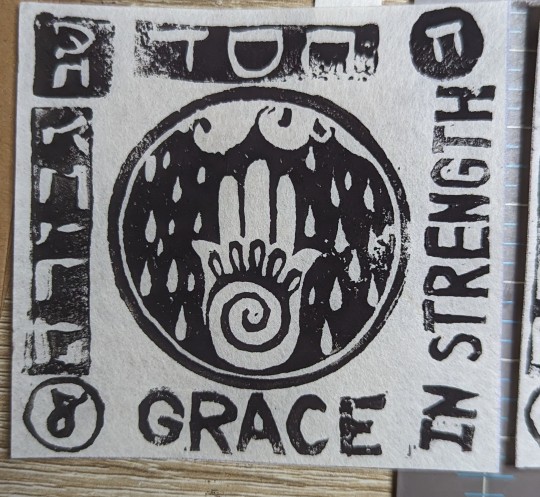
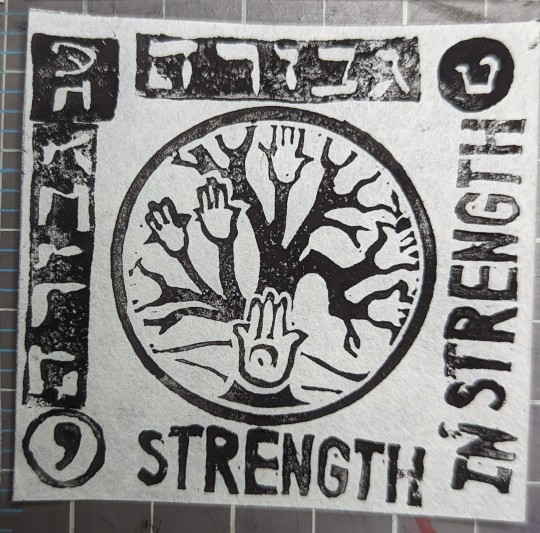
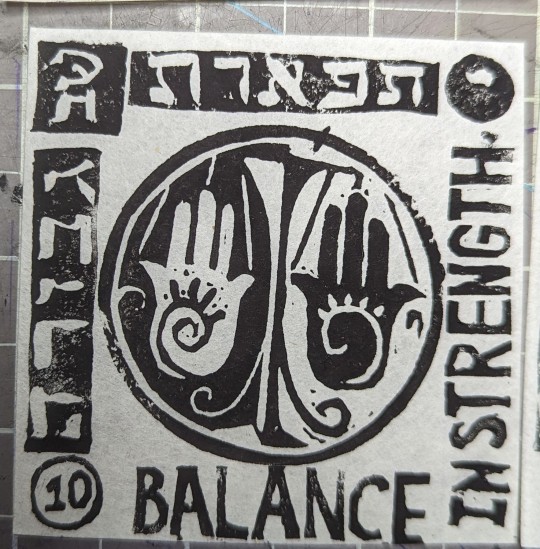
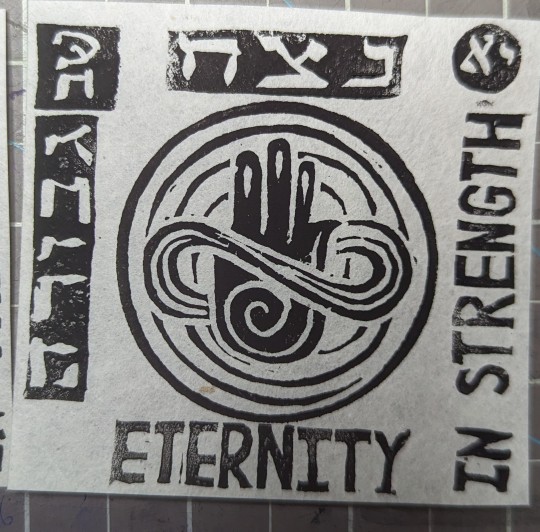

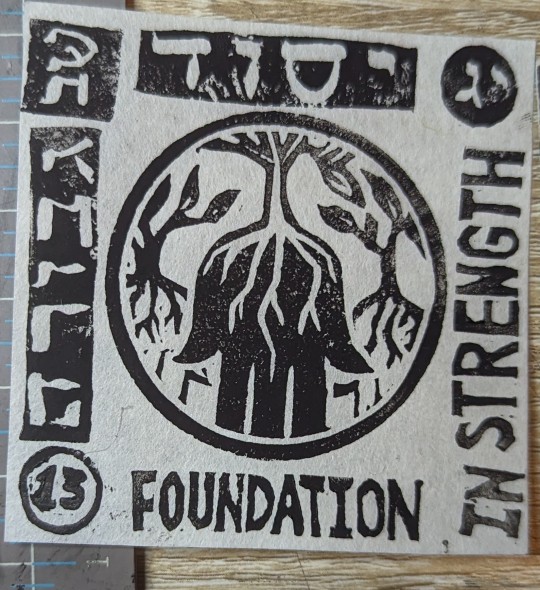
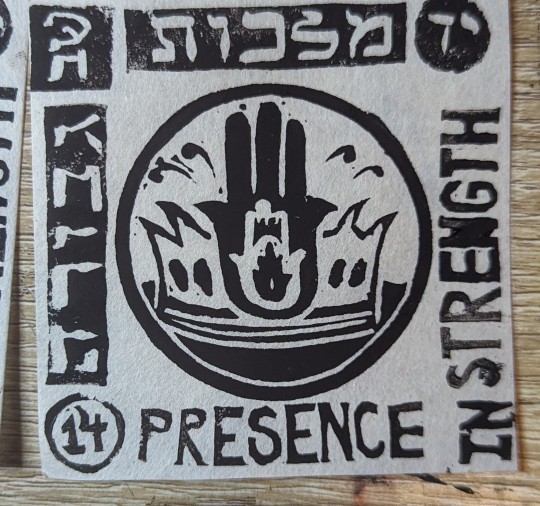
49 notes
·
View notes
Text
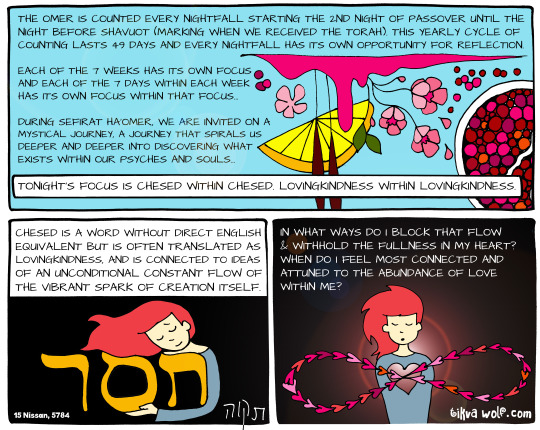
For my mishpocha who are counting. I wanted to share this with you this year, as we wander the desert back to the place that our souls first met and have always been.
Thank you for supporting my work!
patreon.com/kimchicuddles
text reads:
The Omer is counted every nightfall starting the 2nd night of Passover until the night before Shavuot (marking when we received the Torah). This yearly cycle of counting lasts 49 days and every nightfall has its own opportunity for reflection.
Each of the 7 weeks has its own focus and each of the 7 days within each week has its own focus within that focus.
During Sefirat Ha'Omer, we are invited on a mystical journey, a journey that spirals us deeper and deeper into discovering what exists within our psyches and souls...
Tonight's focus is chesed within chesed. Lovingkindness within lovingkindness.
Chesed is a word without direct English equivalent but is often translated as lovingkindness, and is connected to ideas of an unconditional constant flow of the vibrant spark of creation itself.
In what ways do I block that flow and withhold the fullness in my heart?
When do I feel most connected and attuned to the abundance of love within me?
31 notes
·
View notes
Text
Don't Forget To Count The Omer
Counting of the Omer starts the second night of Pesach, try to count it to best of your ability if you can.
Chabad also has daily reminder that you can sign up for that will send you an email to remind you.
16 notes
·
View notes
Text
I finished counting the Omer!
7 weeks, 49 days, didn't missed a day.
#jumblr#shavuot#In my family it's like a game#Who can finish counting the Omer without missing a day#And I sucseed!
8 notes
·
View notes
Text
The 5784 / 2024 omer counter is live and expanded to twice the former length with more prayers, poetic translations, art, and space to count the omer your way. Counter and colouring companion are available on kofi, and stickers and more available on redbubble.
Here's a peek at the inside of the omer counter:
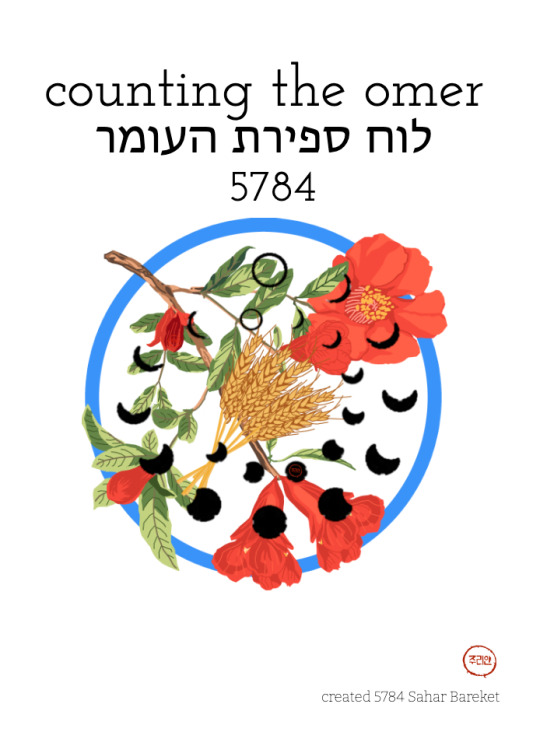
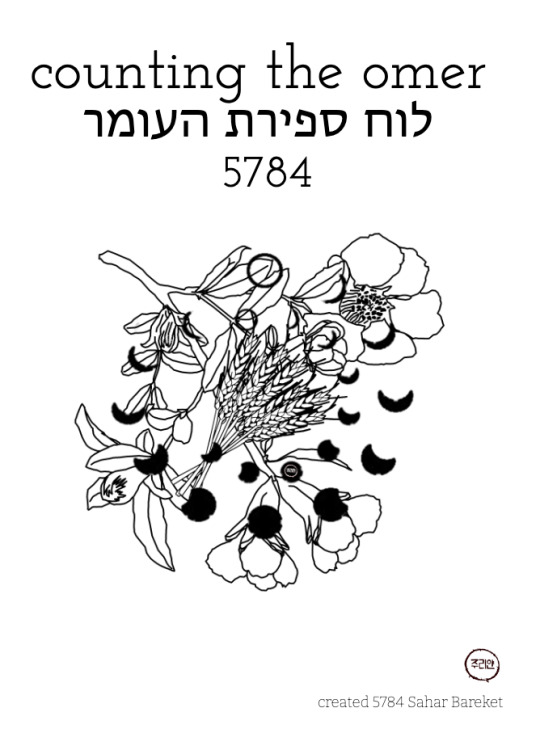
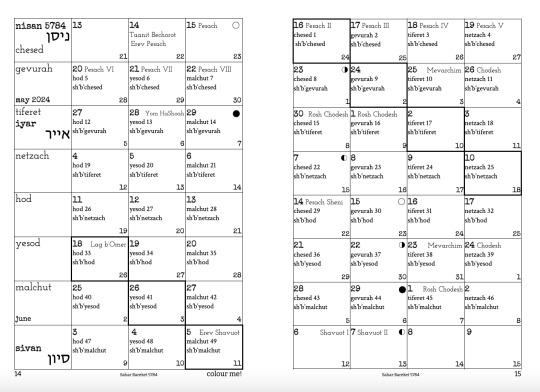

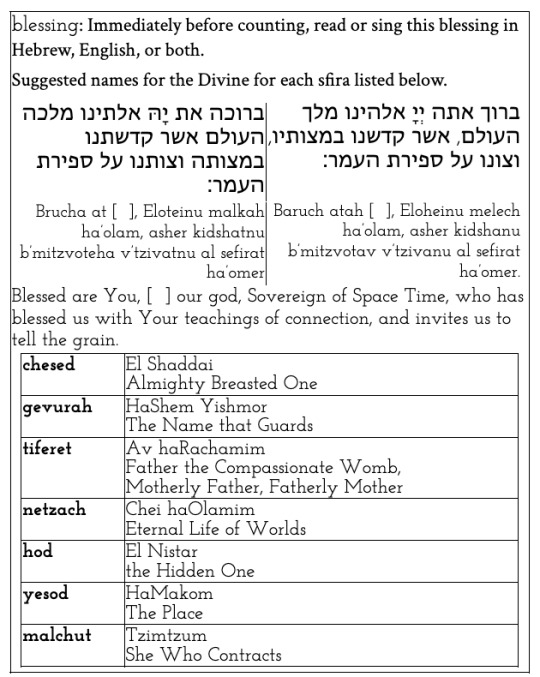

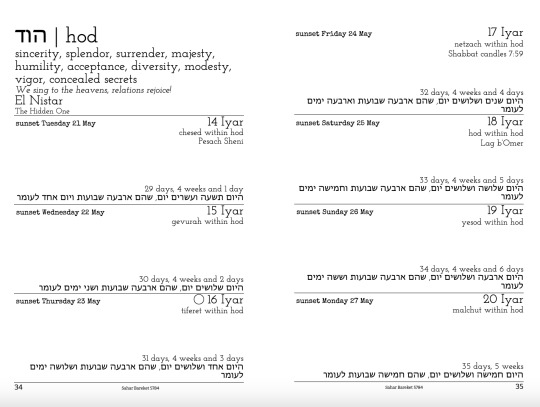
Image description: 7 screenshots of the omer counter, showing a colour cover, a black and white cover, a multi-month spread, an explanation of how to count with a list of pieces of the ritual, the omer bracha with 7 different names of Gd, a week spread with journaling prompts and diagrams, and a week's worth of dailies.
And some peeks at the colouring companion:
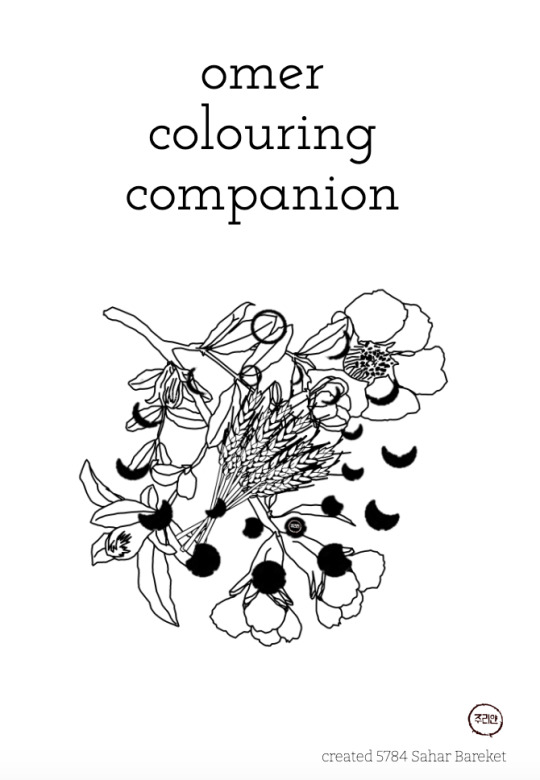
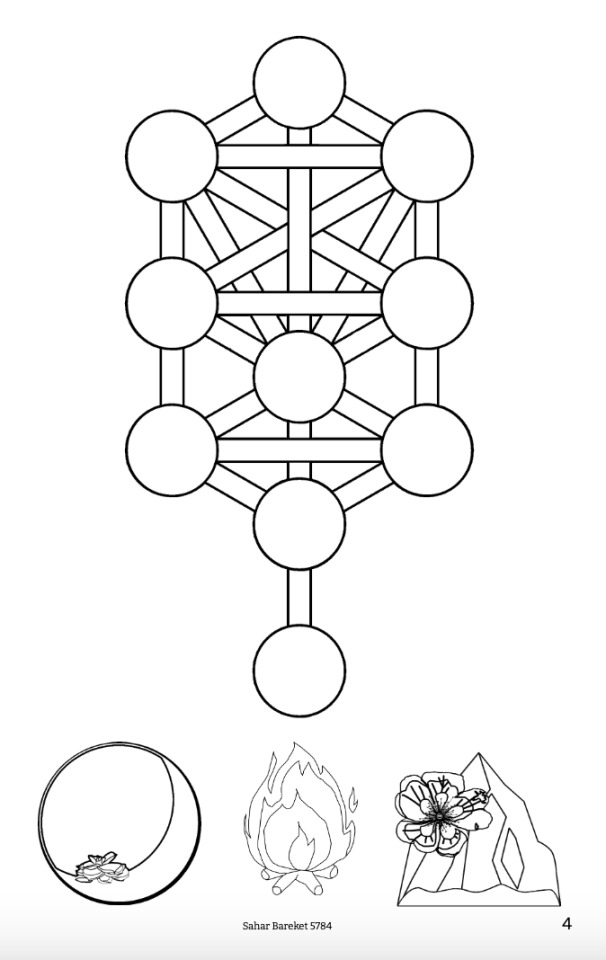
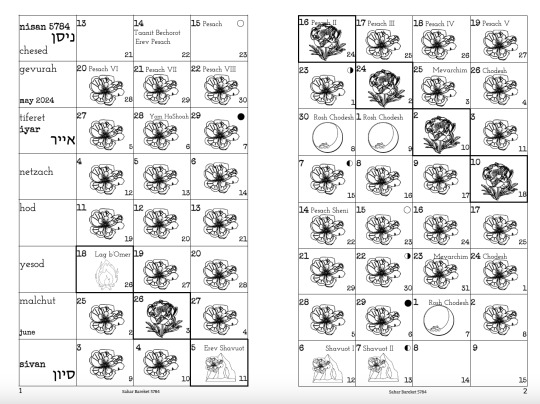
Image description. 3 screenshots of black and white imagesfrom the counter, showing the pomegranate spiral with wheat sheaf cover; an empty eitz chayim diagram with crescent moon and succulent, bonfire, and mountain with a rose, and a multimonth Hebrew and Gregorian double spread with peonies, roses, moons, a bonfire, and flowered mountains on each day of the omer and Shavuot.
If you like the cover image, you can buy three different versions of it on stickers, stationary, clothing, and more. You can also get a full colour version of the sfira tree with roses, just the roses (60 of them!), or a minipack of stickers for your counter.
Like this but can't buy? Even a reblog helps support a queer, disabled, mixed race artist and parent!

Image description: a branch of seven pomegranate blossoms on a blue circle, with a spiral of black moon phases getting smaller as they approach the center. In center is a sheaf of 7 stalks of wheat.
#jewish#judaism#jewish art#digital art#queer art#queer#queer jewish art#queer jew#stickers#jewish witchcraft#jewitch#flowers#roses#tree of life#eitz chayim#sfira#sfirot#sefira#sefirot#omer#counting the omer#omer counter#print it yourself
9 notes
·
View notes
Text
Oh crap I forgot about counting the omer! I was even gonna post about it ahead of time but I did notttt
Well, iirc, it does not matter halachically. Just jump in where you are. This app has the bracha, and then you say "today is day X" or "today is X weeks X days" or both, depending upon your preference.
What I like about it is that it also talks about the meaning of each day, and then it asks the WORST MOST INCISIVE FUCKING QUESTIONS?@? FOR YOU TO JOURNAL OR THINK ABOUT??? Like I am not even kidding when I say it just absolutely DRAGS me multiple times each year.
Seriously, let's tap on "Journal" and see what prompts it gives me right now. There are apparently 9 today, I can't remember if that's true every day or what. But the very second one is, "Do others take advantage of my giving nature?" Oof?
Then here's a puzzler: "Do I take into account the capacity of my partner to receive love before I give it?" I am aroacely applying these to everyone I love, in my mind, and it is tripping me out to think nonjudgmentally about the ramifications of, like...
I'm picturing love as being like a pitcher of water I pour, and frankly I don't care how small a cup you chose off that shelf! You are getting ALL MY LOVE and we're just gonna acknowledge that I'm pouring water all over your shoes! I don't have time for MEASURING this shit!
Or I don't like you and you can have just a little bit of water. Because I'm not a dick.
It's 2 am, make sense of these thoughts if you can.
#jumblr#jewblr#counting the omer#pesach#passover#jewish culture#wall of words#obscure Jewish stuff tbqh
9 notes
·
View notes
Text
*spends seven weeks counting up the days until Shavuot*
*is nevertheless shocked and baffled by the fact that it is somehow already about to be Shavuot*
329 notes
·
View notes
Text
April 26, 2024/19 Nisan 5784
Tonight is the 4th night of the Omer.
It has been 202 days since October 7th. There are still 133 hostages in Gaza.
5 notes
·
View notes
Text

weaving details/a work in progress
a piece im working on each day of the omer
#weavingart#i had no plan for this sucker and im cheesed with how it's turning out#weaving#big big beginner#my artwork#counting the omer#jewish art
5 notes
·
View notes
Text
26 Iyyar 5784 (2-3 June 2024)
Once again, we have a yahrzeit of two influential teachers centuries apart who shaped Judaism and demonstrate Jewish diversity and adaptability.
Saadia ben Yosef, Gaon of Sura, was born on the banks of the Nile in 4652, roughly 200 years after the Islamic conquest. Thus, rather than the Greco-Roman and Persian cultures of the Tannaim and Amoraim, he grew up in an Arabic speaking world shaped by a rival Abrahamic tradition. He was the first Jewish scholar to write primarily in Judeo-Arabic, the language later adopted by the Rambam Moshe ben Maimon. At the age of 20, Saadia began compiling a Hebrew dictionary. He soon went to eretz yisroel for further study, and after ten years there moved to Babylonia where he became a member of yeshiva of Sura, which had been in continuous operation from the time of the Amoraim. Within two years the Jewish exilarch appointed Saadia as Gaon of the academy.
From the start, Saadia’s career was shaped by disputation and sharp debate with those whose stances he found theologically or socially objectionable. The tenor of those disputes was shaped not only by Jewish tradition, but by the open conflict between Mutazilite and Mutakallamist scholars of Islam, who in Saadia’s time remained in dispute about whether the Quranuc text was a created object like other creations, or co-eternal with G-d and fundamental to the divine essence. Parallel debates about the Torah have raged in Judaism, but Saadia borrowed the shape of the qadi’s arguments rather than their content, engaging in sharp disputes about the proper way to calculate the Hebrew calendar and striving to defend rabbinic Judaism in fiery exchanges with Karaite scholars who accepted only the written Torah and rejected the oral traditions central to rabbinic practice. Saadia’s fiery temper and forceful personality soon put him at odds with his benefactor the Exilarch, and they spent several years in bitter conflict, each going so far as to issue cherem against the other. Their eventual reconciliation allowed Saadia to return to his position as head of the yeshiva of Sura, a position which carried great weight of authority for Jews throughout the Islamic world.
A prolific scholar, he composed numerous translations, publishing much of the Tanakh in Arabic translation, numerous linguistic texts on the Hebrew language, works of halakha, theology, and Jewish mysticism, and a large number of polemics against his various ideological opponents. He died in Sura in the year 4702 at the age of sixty, reportedly of severe depression from his many conflicts with the exilarch and others.
Moshe Chaim Luzzatto was born just over eight hundred years late than Saadia, in 5467, in the Venetian Ghetto (the first Jewish quarter to be called by that odious name). He received a wide Jewish and secular education, and may have attended the university of Padua. In his teens he began to compose poetry, including his own collection of 150 Hebrew psalms in full biblical style, and study Jewish mysticism. At the age of twenty he claimed he had been visited by a Malakh and began writing down mystical lessons from this heavenly mentor. This claim of divine tutelage shocked and offended the Venetian rabbinical establishment, and he was only saved by cherem by agreeing to cease his writing and teaching of mysticism. He then emigrated to Amsterdam where he continued his mystical explorations while working as a diamond cutter, thus following closely in the footsteps of a controversial Jew from a century before, Baruch Spinoza. Disappointed by the difficulties of life in Amsterdam, he traveled to eretz yisroel with his family three years before his death and established a shul in Acre. He died during a plague outbreak in Acre at the age of 39, leaving behind an immense body of poetry, drama, and theological, ethical, and mystical instruction despite the seizure and destruction of much of his early work by the Venetian Jewish authorities. His works were soon praised by the Vilna Gaon and became central to the Mussar movement, and his Hebrew poetry and blending of secular and Torah learning and literature became a major inspiration to the Haskalah. For his rabbinic teachings he is known by the acronym RaMCHaL, for Rabbi Moshe Chaim Luzzatto.
The twenty-sixth of Iyyar is also the sixth night of the sixth week of the Omer count. Yesterday was the fortieth day of the Omer. After tonight’s count, 8 days remain before Shavuot.
#jewish holidays#jewish calendar#hebrew calendar#jewish#judaism#jumblr#yahrzeit#Saadia Gaon#Moshe Chaim Luzzatto#RaMCHaL#omer#counting the omer#sefirat ha omer#iyyar#26 Iyyar#🌘
16 notes
·
View notes